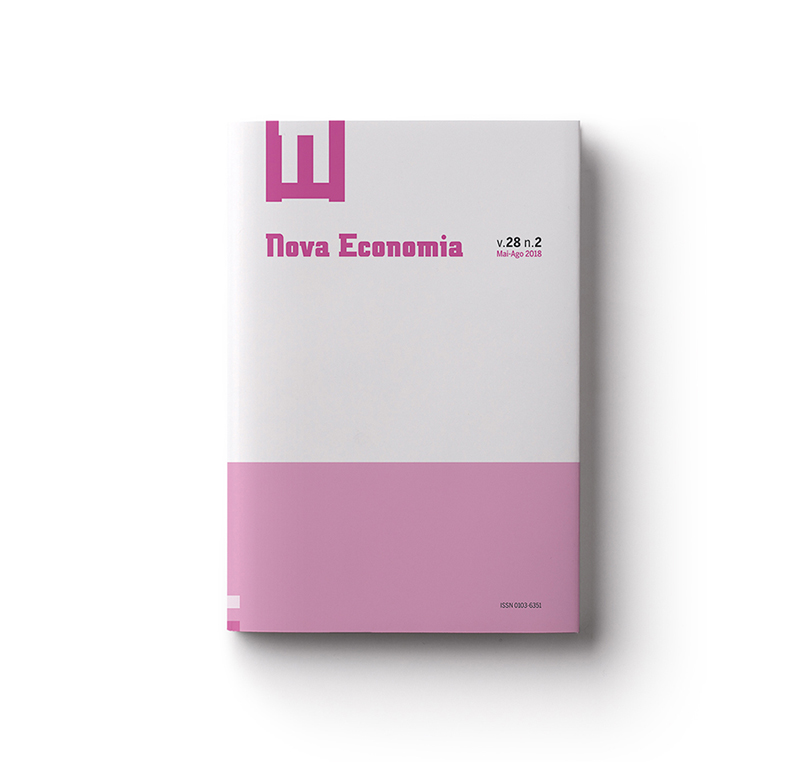Moving Average and the Phillips Curve
forecasts for the inflation rate in a sample of developed and developing countries
Abstract
This study evaluates the inflation forecasts produced by Phillips curve models with and without ARMA modeling of their errors, considering a sample that contains developed and developing countries. The aim of this study is to provide empirical evidence that this simple reformulation of the Phillips curve can serve as a benchmark for studies that propose econometric or time series models more elaborated to predict the rate of inflation. The results show that the use of ARMA components in the Phillips curve decrease considerably its mean square error of forecast for all countries in the sample.
Downloads
Published
2016-10-25
How to Cite
DA SILVA, E. V. A.; OLIVEIRA, N. da S.; FERREIRA, R. T.; DA SILVA, C. da C. Moving Average and the Phillips Curve: forecasts for the inflation rate in a sample of developed and developing countries. Nova Economia, [S. l.], v. 28, n. 2, 2016. Disponível em: https://revistas.face.ufmg.br/index.php/novaeconomia/article/view/3102. Acesso em: 25 dec. 2025.
Issue
Section
Regular Issue
License
Authors who publish with this journal agree to the following terms:
- Authors retain copyright and grant the journal right of first publication with the work simultaneously licensed under a Creative Commons Attribution 4.0 International License that allows others to share the work with an acknowledgement of the work's authorship and initial publication in this journal.
- Authors are able to enter into separate, additional contractual arrangements for the non-exclusive distribution of the journal's published version of the work (e.g., post it to an institutional repository or publish it in a book), with an acknowledgement of its initial publication in this journal.
- Authors are permitted and encouraged to post their work online (e.g., in institutional repositories or on their website) prior to and during the submission process, as it can lead to productive exchanges, as well as earlier and greater citation of published work (See The Effect of Open Access).




